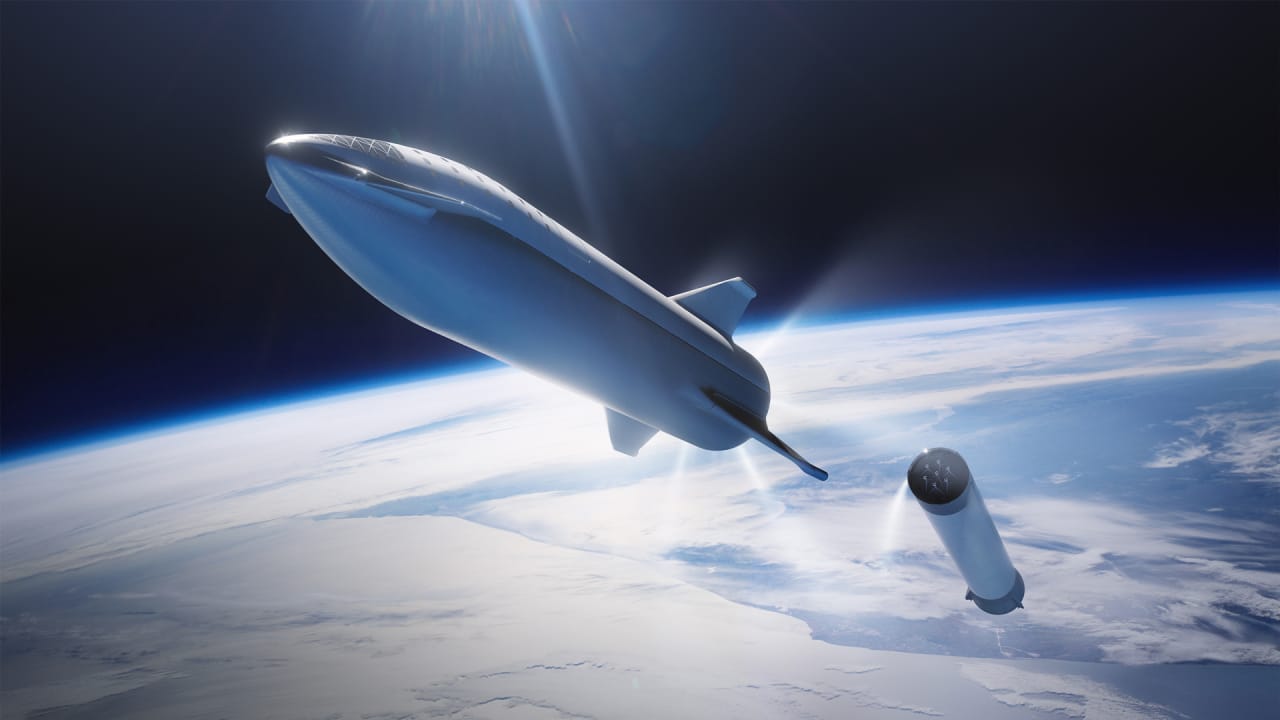Scientists are trying to create human sperm and eggs in a dish. They’ve already done it in mice, and one scientist says it is only a matter of time before there’s “a game changer like no other” for human reproduction.
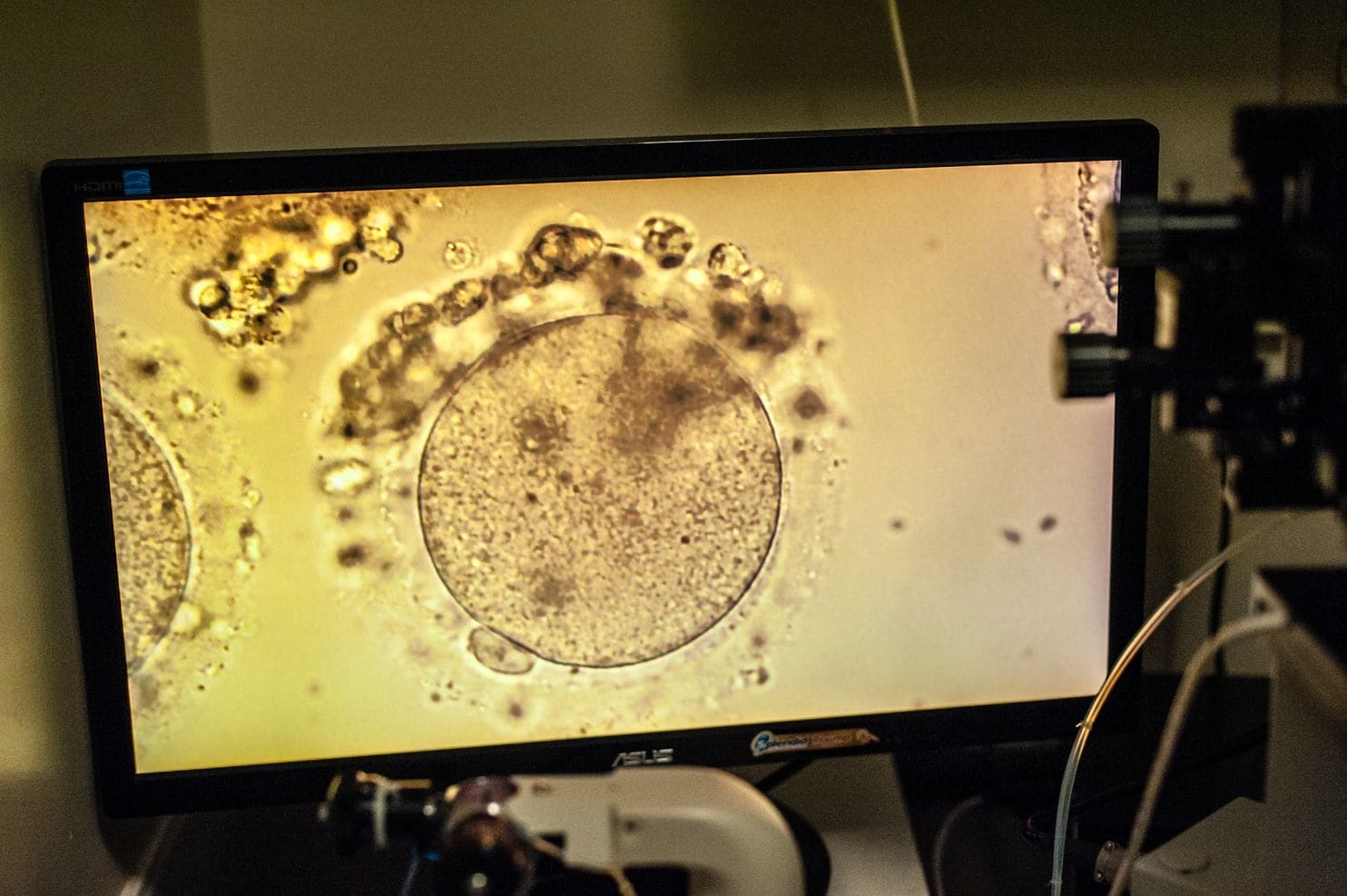

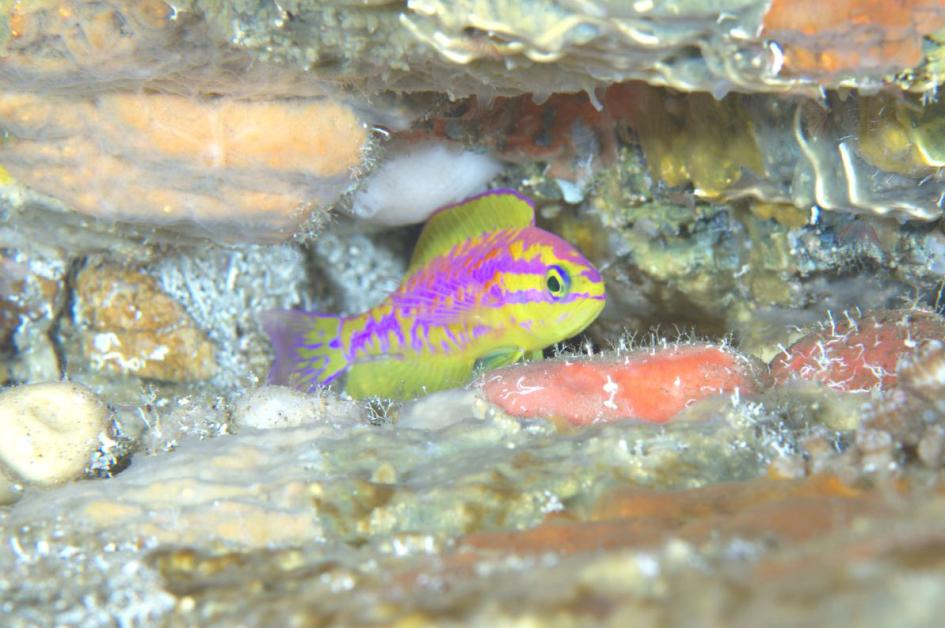
In the middle of the Atlantic Ocean, hundreds of feet underwater, the Greek goddess of love lives on—in the form of a dazzling reef fish.
In a new study published on Tuesday in ZooKeys, researchers from the California Academy of Sciences describe a new species of anthias, a common type of reef fish, named Tosanoides aphrodite or the Aphrodite anthias. The pink and yellow creature so transfixed researchers when they discovered it during a deep-water dive that they didn’t notice a large sixgill shark swimming directly above them.
“This one is without a doubt the most spectacularly colored fish I’ve ever described,” says Luiz Rocha, an ichthyologist with the California Academy of Sciences, in an email.
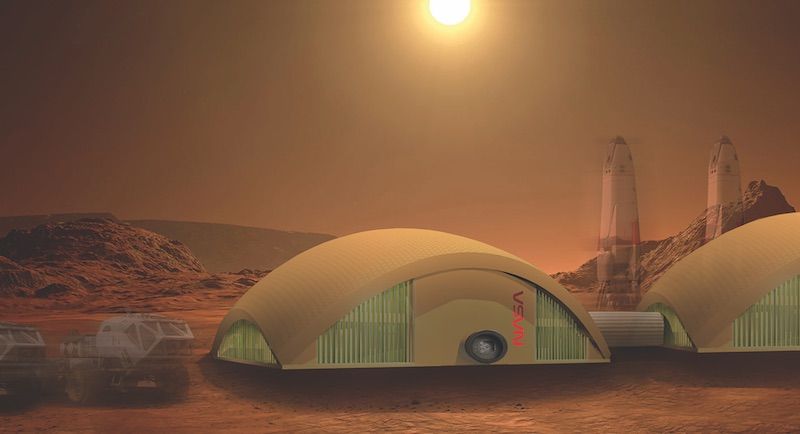
The thought of colonizing Mars has science fiction aficionados, scientists, and billionaire entrepreneurs staring up at the night sky with renewed wonder and inspiration. But the key to achieving the lofty goal of colonizing and building extensively on a new planet may not exist out among the stars, but under our feet right here on Earth.
Christopher Maurer, an architect and Founder of Cleveland-based Redhouse Studio, and Lynn Rothschild, a NASA Ames researcher, believe algae and mycelium (the vegetative part of a fungus that consists of a network of fine white filaments) may make the perfect building material on Mars.

The Imagine Science Films Festival is happening on October 12-19th, 2018 in New York, at a variety of venues, and this year, it is featuring a theme close to home: survival.
Crisis. Entropy. Extinction. This year we look at the high stakes for all life on Earth and beyond. Between nuclear proliferation, species loss and dwindling resources, existence itself is not assured. But for every dystopia, a corresponding utopia may be within reach. It may be a struggle, but the record of all life is that of an eon-spanning fight to stay alive. We’ll feature tumultuous natural history and startling feats of adaptation. Apoptosis versus immortal cell lines. Half-lives and radical life extension. The deaths of stars and extraordinary paths to SURVIVAL.
With this year’s theme including life extension, we may well see some interesting and thought-provoking films on the topic. Lifespan.io is also an official event sponsor for the festival, as we strongly feel that the worlds of filmmaking and science can be a perfect match in helping to encourage a wider dialogue about aging and doing something about it.
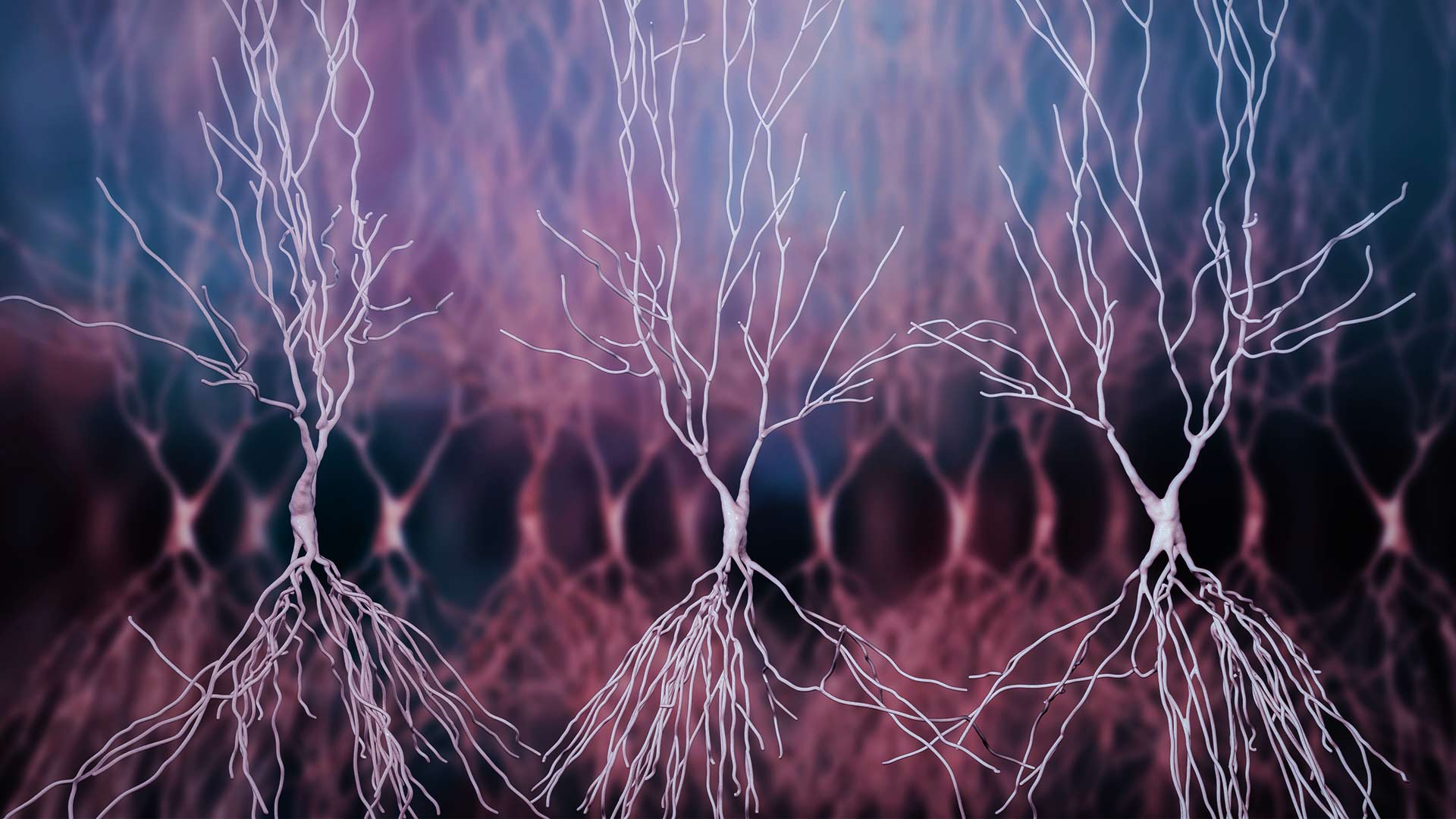
DeepMind is providing more research to show how neuroscience can inspire more sophisticated AI.
There’s a cognitive quirk humans have that seems deceptively elementary. For example: every morning, you see a man in his 30s walking a boisterous collie. Then one day, a white-haired lady with striking resemblance comes down the street with the same dog.
Subconsciously we immediately make a series of deductions: the man and woman might be from the same household. The lady may be the man’s mother, or some other close relative. Perhaps she’s taking over his role because he’s sick, or busy. We weave an intricate story of those strangers, pulling material from our memories to make it coherent.
This ability—to link one past memory with another—is nothing but pure genius, and scientists don’t yet understand how we do it. It’s not just an academic curiosity: our ability to integrate multiple memories is the first cognitive step that lets us gain new insight into experiences, and generalize patterns across those encounters. Without this step, we’d forever live in a disjointed world.

NantEnergy says its zinc air battery system can deliver energy for $100 per kilowatt hour. By comparison, lithium ion batteries vary in price, but often range from $300 to $500 per kilowatt hour, according to the Energy Storage Association.
Zinc air batteries will replace lithium ion batteries due to the required 12 pounds of cobalt in car lithium ion batteries. Cobalt supplies is estimated to run out by 2025.
Remote villages in Africa and Asia are receiving electricity using a little-known type of technology: zinc-air batteries.
California-based NantEnergy said Wednesday it has created a rechargeable zinc-air battery storage system that can provide power at a lower cost than lithium-ion batteries.
The technology has been deployed in more than 110 villages serving 200,000 people who have no other access to electricity in their communities, said NantEnergy chairman Patrick Soon-Shiong.

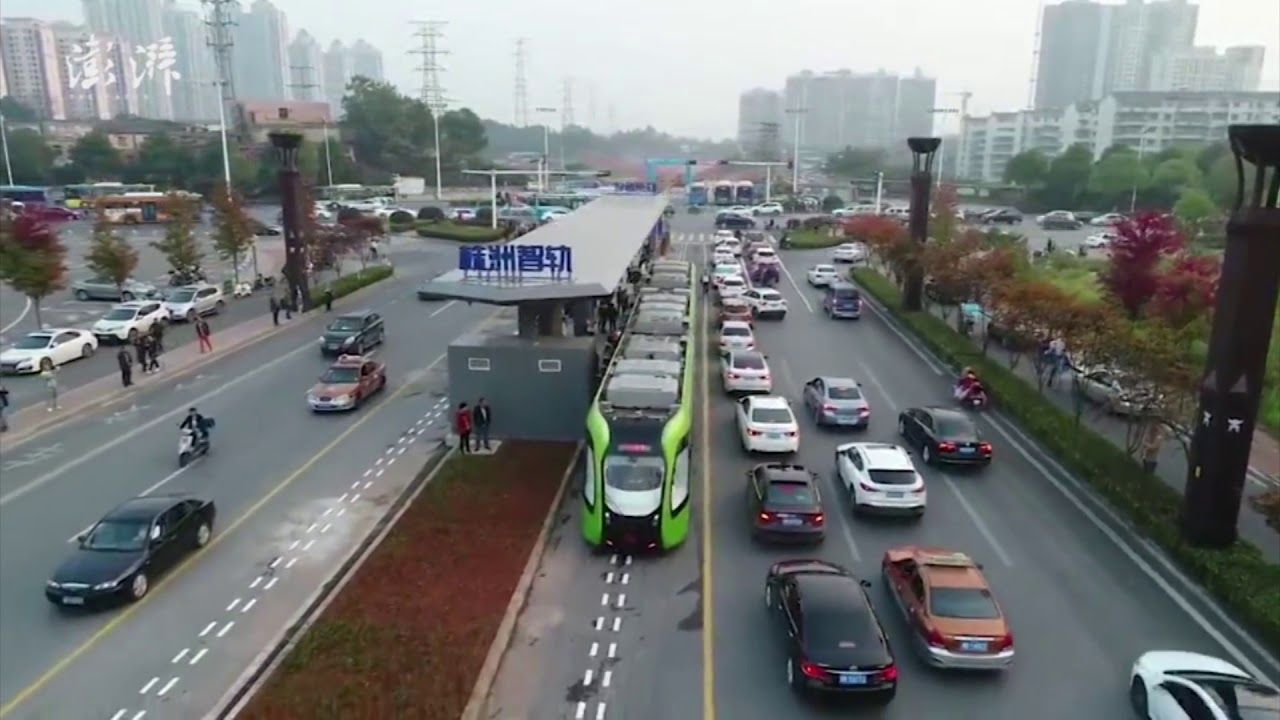
I began my life as an activist academic in 1979 when the Western Australian government closed the Fremantle railway, saying buses would be better. Patronage immediately fell by 30% and I ran a four-year campaign to save the railway. We won. I have been writing books and running campaigns ever since on why trains and trams are better than buses. But I have changed my mind. The technology has changed, and I think it will end the need for new light rail.
“Trackless trams” are based on technology created in Europe and China by taking innovations from high-speed rail and putting them in a bus.
I went to China to check out the CRRC trackless tram (they call it autonomous rail transit, or ART). I came back convinced it’s a transformative transit technology.
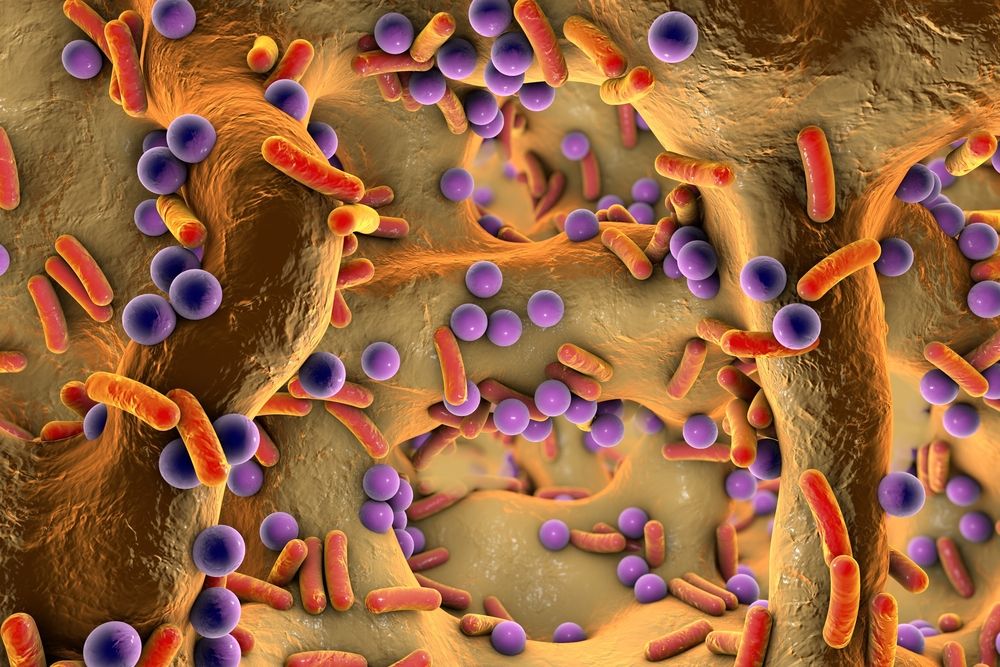
A study from the UNC School of Medicine showed that the protein NLRP12, known for its anti-inflammatory effects, also protects mice on a high-fat diet against obesity and insulin resistance; it might have a similar effect in humans [1].
Study abstract
In addition to high-fat diet (HFD) and inactivity, inflammation and microbiota composition contribute to obesity. Inhibitory immune receptors, such as NLRP12, dampen inflammation and are important for resolving inflammation, but their role in obesity is unknown. We show that obesity in humans correlates with reduced expression of adipose tissue NLRP12. Similarly, Nlrp12/ mice show increased weight gain, adipose deposition, blood glucose, NF-kB/ MAPK activation, and M1-macrophage polarization. Additionally, NLRP12 is required to mitigate HFD-induced inflammasome activation. Co-housing with wild-type animals, antibiotic treatment, or germ-free condition was sufficient to restrain inflammation, obesity, and insulin tolerance in Nlrp12/ mice, implicating the microbiota. HFD-fed Nlrp12/ mice display dysbiosis marked by increased obesity-associated Erysipelotrichaceae, but reduced Lachnospiraceae family and the associated enzymes required for short-chain fatty acid (SCFA) synthesis.
